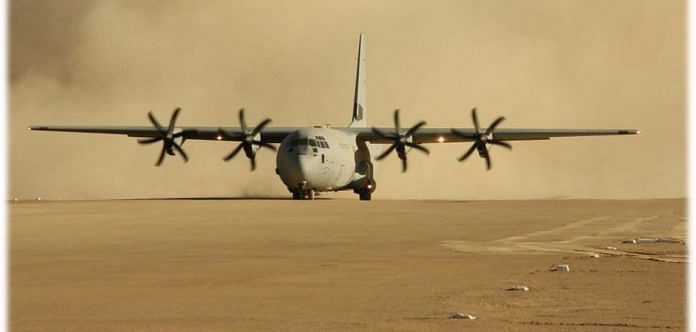The exercise has demonstrated that whenever the call of duty has been blown, the services have pulled together with alacrity.
Air Chief Marshal B.S. Dhanoa seems determined to position the Indian Air Force as a critical tool of statecraft in an increasingly complex strategic neighbourhood. Speaking at the Vivekanada Foundation recently, he strongly argued a case for the IAF as a force that has the capability to punch well above its weight.
The Gagan Shakti exercise, which saw the IAF fly over 11,000 sorties between 10 and 22 April, helped dispel widespread apprehensions that IAF’s combat edge was seriously blunted by declining force levels. The exercise demonstrated that offensive capability was still at the heart of Indian air power.
With India’s armed forces in complete agreement that future conventional conflicts are more likely than not to fall under the template of ‘high-tempo and intense limited conflict’ scenarios, the operational outcomes expected in both continental and maritime domains would revolve around speedy depletion of the enemy’s combat potential.
In such operational scenarios, it would be disastrous for India’s strategic community to ignore IAF-delivered air power as a key constituent of its deterrent, enabling and coercive strategies.
It is in this context that five doctrinal underpinnings of the IAF were exercised and validated during Gagan Shakti exercise. These are persistence, persuasion, compellence, endurance and jointness. It demonstrated the capacity to fly more than 5,000 sorties during the first 3-4 days of the exercise in a ‘sustained surge’ phase that comprised missions ranging from long-distance precision strikes, interdiction of army and maritime targets, attacks against targets in the tactical battle area (TBA) and robust multi-layered air defence.
A battalion level airborne drop in the second phase of the exercise and speedy inter-valley and inter-theatre switching of forces with the entire array of the IAF’s modern and legacy airlift capability (C-17s, C-130s, Il-76s, An-32s and Mi-17 helicopters of varied sophistication) demonstrated a persuasiveness that has been a work-in-progress over the past few years.
More than anything, this capability gives some heft to the current debate on how serious is India’s two-front capability. While some analysts are sceptical about India’s capability to orchestrate adequate operational capability to support a credible two-front strategy, the air chief refused to be drawn into the debate. He said, “You have seen our capability, we do have a Plan-B.”
What this reflects is that while there is a ‘public position’ on a two-front threat, there is also a more professional position that looks at it not as an inescapable possibility, but as a contingency that needs careful attention without unnecessary alarm.
Displaying a flexibility of operational thought in recent years, the IAF has progressively moved away from the traditional air power template of deep strikes on stand-alone targets to create strategic effects. Gagan Shakti has, however, validated the proposition that offensive air power remains the best tool for compellence in a conventional scenario, but this time around, the IAF rotated this strategy around joint missions with the Indian Army and Indian Navy.
For example, interdiction missions around the TBA against high-value elements of an adversary’s combat potential like his armour, artillery and transportation networks, and simulated maritime strikes in littorals like Lakshadweep and around choke points in the global commons like the Malacca and Sunda Straits reflect a willingness to convert doctrinal pronouncement into deliverables. The ability to operate high-end offensive platforms from short air strips in remote locations of Arunachal Pradesh and deliver both precision and non-precision weapons with accuracy indicates that the IAF is indeed in good training-shape.
Sustaining operations over slightly under two weeks and generating more than 11,000 sorties is reflective of combat endurance, a trait that India’s armed forces have had to demonstrate to force favourable war-outcomes as they did in 1971 and 1999.
Finally, even though this author and others in the recent past have been critical of ‘jointness’ and continue to argue that systemic changes are needed to leverage the actual potential of the three services, Gagan Shakti has demonstrated that whenever the call of duty has been blown, the services have pulled together with alacrity. Never have so many joint operations been squeezed into an exercise as was done in Gagan Shakti. The search for optimal jointness will continue to be a strange quest in the Indian context.
 Arjun Subramaniam is a retired Air Vice Marshal from the IAF and currently a Visiting Fellow at Oxford.
Arjun Subramaniam is a retired Air Vice Marshal from the IAF and currently a Visiting Fellow at Oxford.



